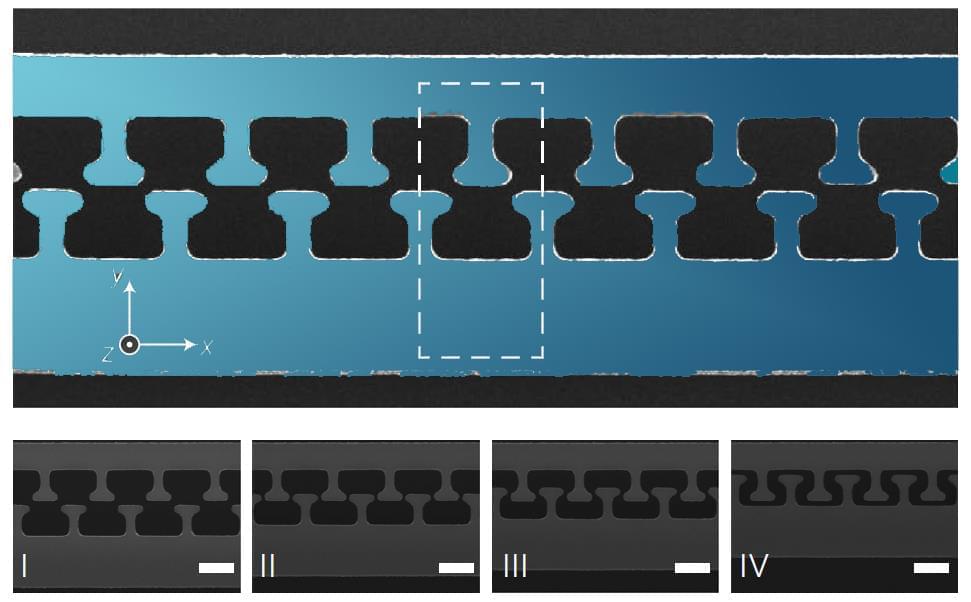Circa 2017
Getting something from nothing sounds like a good deal, so for years scientists have been trying to exploit the tiny amount of energy that arises when objects are brought very close together. It’s a source of energy so obscure it was once derided as a fanciful source of “perpetual motion.” Now, a research team including Princeton scientists has found a way to harness a mysterious force of repulsion, which is one aspect of that force.
This energy, predicted seven decades ago by the Dutch scientist Hendrik Casimir, arises from quantum effects and can be seen experimentally by placing two opposing plates very close to each other in a vacuum. At close range, the plates repel each other, which could be useful to certain technologies. Until recently, however, harnessing this “Casimir force” to do anything useful seemed impossible.
A new silicon chip built by researchers at Hong Kong University of Science and Technology and Princeton University is a step toward harnessing the Casimir force. Using a clever assembly of micron-sized shapes etched into the plates, the researchers demonstrated that the plates repel as they are brought close together. Constructing this device entirely out of a single silicon chip could open the way to using the Casimir force for practical applications such as keeping tiny machine parts from sticking to each other. The work was published in the February issue of the journal Nature Photonics.










Comments are closed.